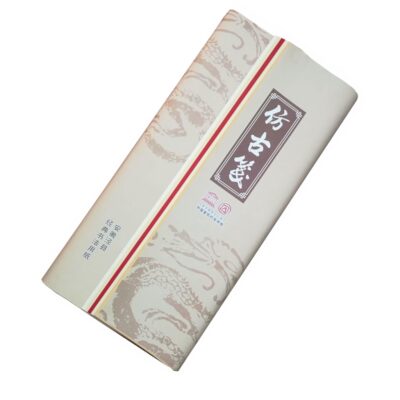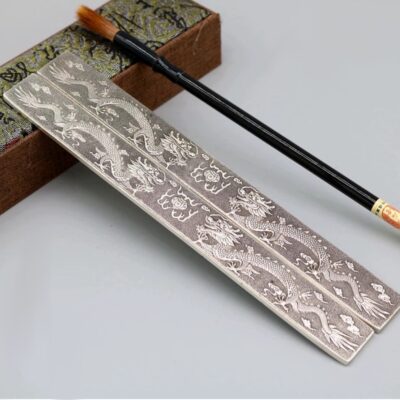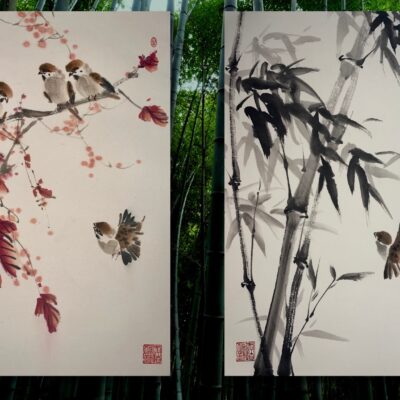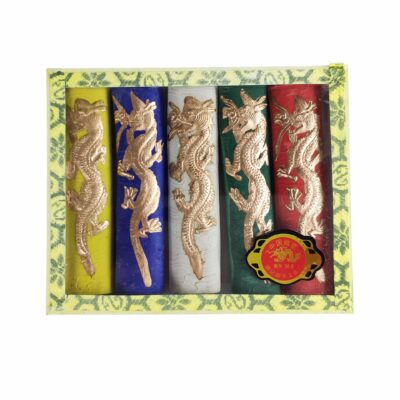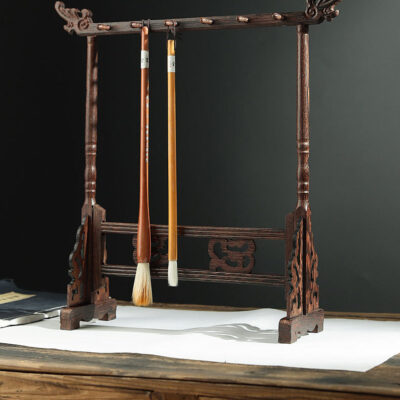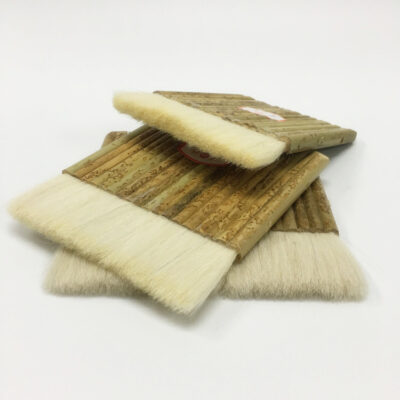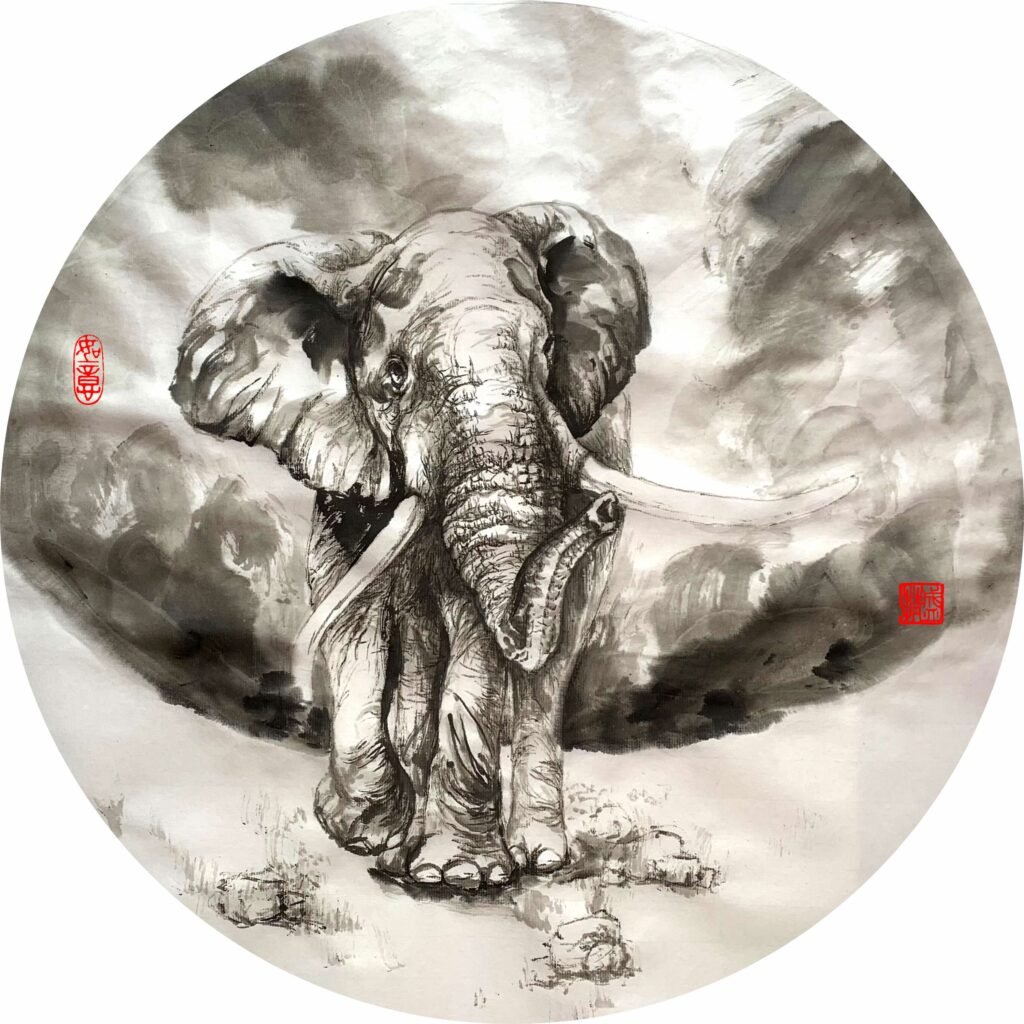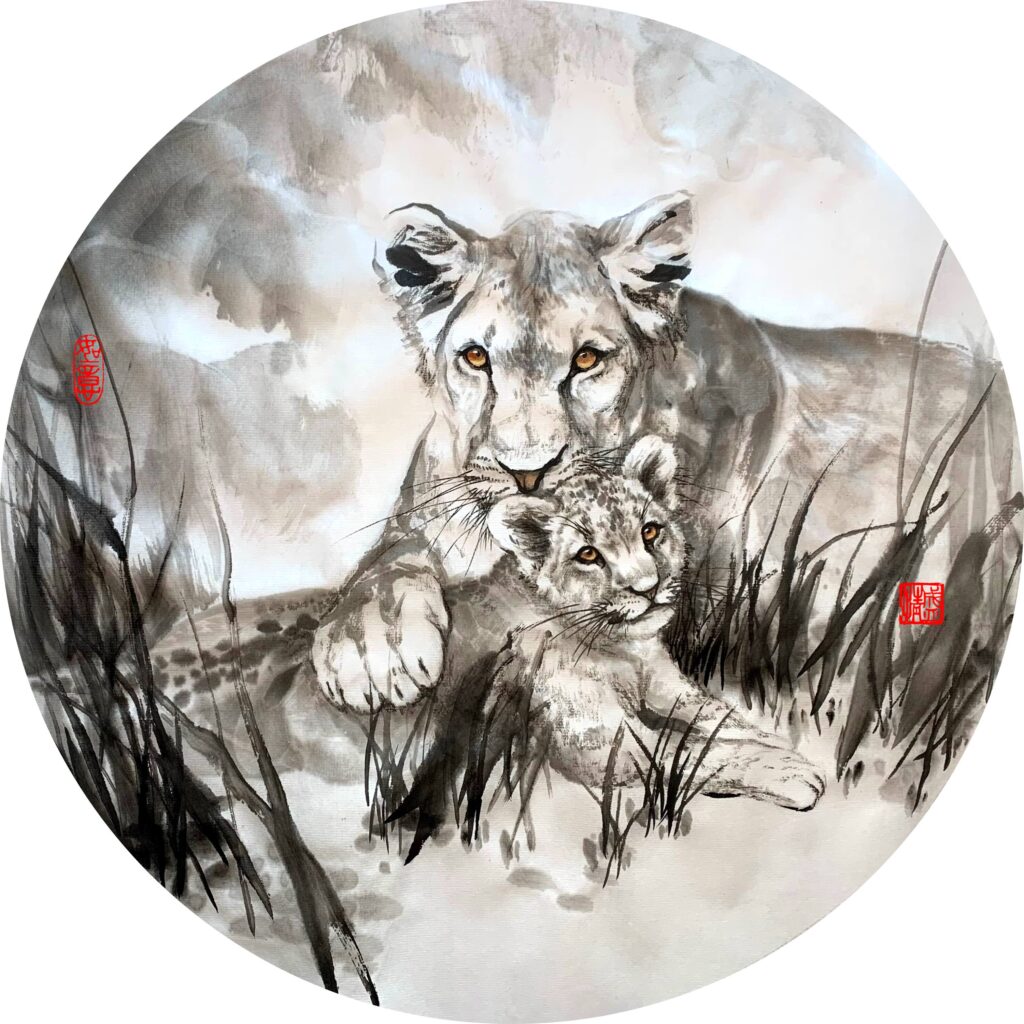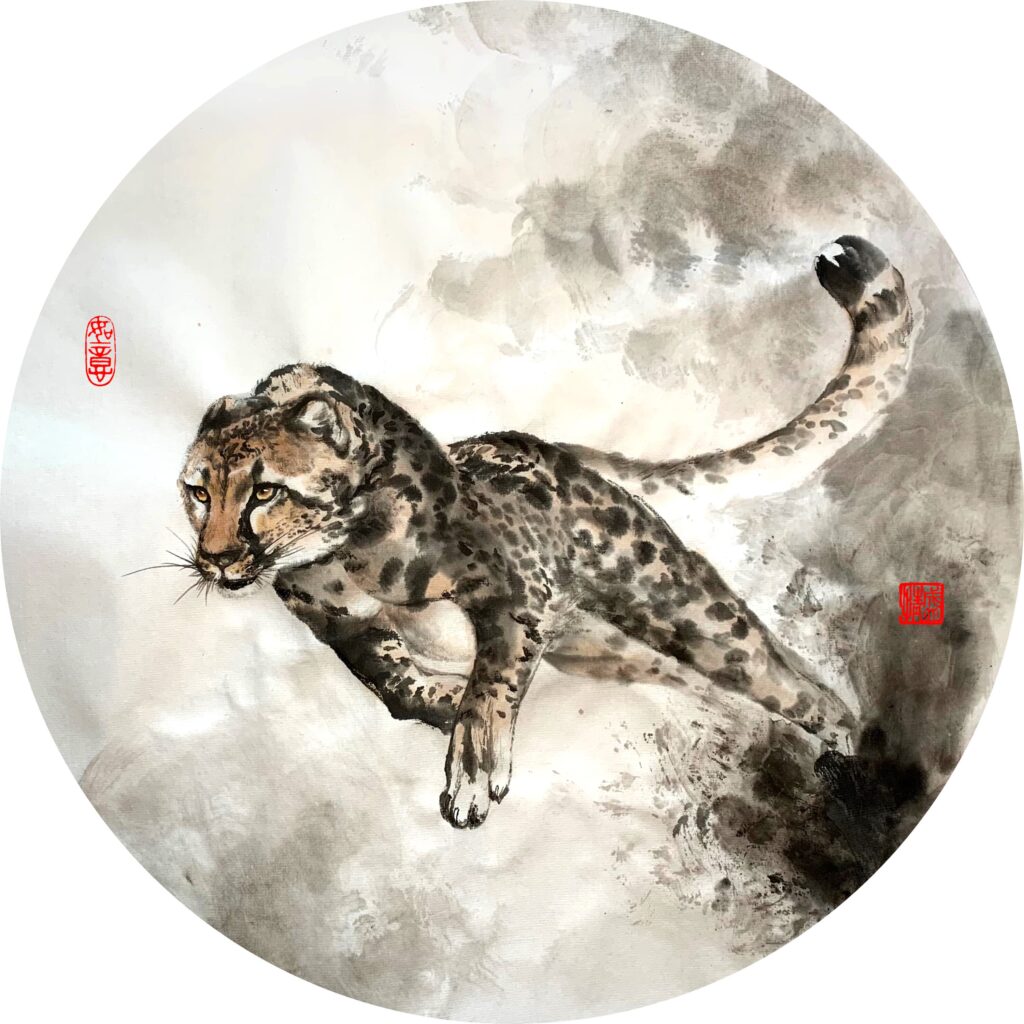In the ancient oriental culture there have been many animals that became the pets of the era, including handsome horses, all mighty eagles, long-living turtles, not to mention fluffy cats and dogs. Today, however, I would like to introduce you to a more unique “pet”, the crickets.

Crickets
By Qi Bai Shi
This painting was from the great Qi Bai Shi, one of the most important contemporary Chinese painting masters. He was especially known for the detailed illustration of the insects, which are usually among the very generalised backgrounds.
Over 2500 years ago there were already articles dedicated to crickets, and the character “秋” (autumn) was said to have to do with them – the left side of this character has the word “crop” (禾) and the right side was believed to be the drawing of a cricket. This insect lives in the autumn season, which is an indication of the meaning of this character. However, another understanding of this character says that the right side means “fire” (火, which is still in use today), and it was the action of burning the field after the harvests that brought the meaning of autumn to this character. Both interpretations have merits, and perhaps both played a key role at some point in history.
The crickets are known to be interesting pets that can put on a “show” – people love spending the time searching for the most capable crickets so that they could win the cricket fights. The best cricket should hold its head up high, have straight and tough antenna, good teeth, and strong legs. There is strict classification in its caloring too, where the yellow ones trump the red ones, which trump the black ones, which trump the white ones. The most famous crickets usually are large in size, glossy in color, and often they come from one region, Shandong province. Even though these insects only have about 3 months of life, the price of a single cricket could match that of a cow!

The cricket fight is in fact a gambling activity, in the Tang, Song Dynasty until the Ming and Qing Dynasties this activity maintained its popularity. The crickets fight in a clay pot dedicated to them, and the owners would anxiously watch this fight around the table. The cricket fight can be a rather cruel game, where one bug could badly hurt the other one, even though the actual killings are rare. In the later imperial time, some emperors became too indulged in the cricket fights and would employ national resources or even levy additional duties on civilians in order to receive the best possible crickets, making the people’s lives impossible, so stories about rebelling against such actions started to take off in the society.

When speaking about such stories we have to mention a famous and rather spectacular monk, Ji Gong. This monk is known as the “living buddha”, he resides around the region of Hangzhou, and is often seen wearing raggedy clothes, waving a large fan, appearing to be talking crazy besides not abiding by the monk rules: he drinks alcohol and eats meat all the time! But he would always use his powers to help those in need, cure people with his knowledge of traditional medicine, and save them from the suppression of the authorities or the rich.
There is a famous story about him saving a poor carpenter’s life, where the cricket fight was involved. In the house of Luo, the carpenter who came from poor families took a peek of the precious cricket of the rich owner, accidentally set it free, and Luo (rich, greedy and rude) ordered to beat him and threatened his family. When he was about to commit suicide Ji Gong appeared and offered to help out. Ji Gong bought an almost dying tiny cricket and gave it power. Using this cricket, Ji Gong was able to negotiate peace, settle the debt between Luo and the carpenter and more!
This famous story was made into an animated movie in the late 50’s from paper cutting methods, the characters have a leather-silhouette shadow show style, which was then complemented by traditional opera music, a true classic. I have added a video below to this movie, which is a bit less than 30 minutes long, and if it is the traditional Chinese culture that you enjoy, you may enjoy this one too! (You should be able to understand the meaning now without knowing the language)
Oh, do remember to subscribe to our newsletter to receive the most exclusive deals from us!
Enjoy such cultural discussions? Have comments? I look forward to hearing from you!
Buy Artworks | Learn Brush Painting | Learn Chinese Calligraphy

